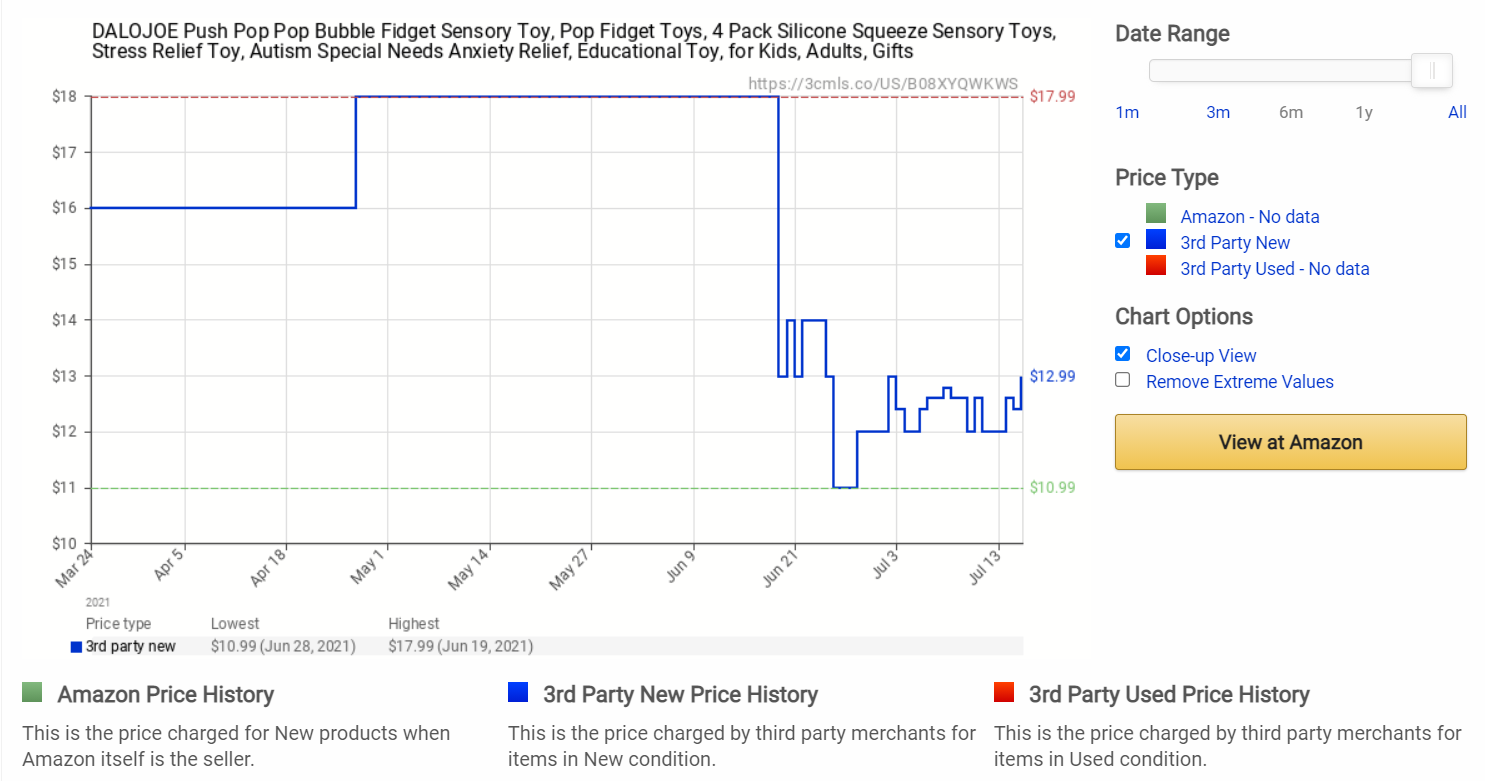
4 Amazon Pricing Strategies To Make Your Products Competitive
Coupled with many factors such as your seller rating, customer loyalty, the number and frequency of sales you've produced, and other unknown factors, the price of your product on Amazon plays an important role in determining whether or not you'll become a standout seller.
So, how do you determine the best price for your product? There is no one-size-fits-all tactic. The right price is primarily determined by the quality of your product, your manufacturing costs, and what customers are searching for. However, some data-driven strategies will assist you in determining the best price for your product.
4 Amazon Pricing Strategies
Pricing Your Products On Amazon
Amazon is a very price-sensitive marketplace, so using the right Amazon pricing strategies will dramatically increase your ranking and conversions. If you’re ready, let’s look at some of the most reliable pricing techniques.
1. Competitive pricing
It's important to keep a close eye on how your competitors price similar items. Whether you are just getting started with product research or enlarging your present product line, it is critical to track your competitors' products over time for better price management and also to determine the product's viability.
Remember that shoppers are using Amazon price tracker sites like Camelcamelcamel, where they can set price drop alerts for the products they want.
As an Amazon seller, your primary objective should be to provide excellent value for customers. Value is defined as high product quality at a decent cost.
Rather than selling generic products, your goal should be to create a legitimate, one-of-a-kind brand on Amazon. This increases the perceived value of your product and distinguishes it from the competition.
Prices for new products with no reviews should be lower at first.
If your product is completely new and has no reviews, it might be a good idea to keep your price a dollar or two lower than your lowest-priced competitor. Use this as a temporary strategy until your product gains traction and reviews.
2. Price Adjustment/Repricing
Repricing is the most common Amazon pricing strategy used by Amazon sellers to compete with their competitors. You can modify the price of your product through a manual process with the help of automated repricing tools to match the lowest amount available at the time.
As mentioned above, the modern consumer is price sensitive, and they have an understanding that online prices must be competitive. This doesn’t mean that you should be the cheapest on everything you sell, but you still need to justify a big price difference, especially if you’re selling identical products.
Along with other Amazon sellers, self-served online sellers are also competing with you. This means that you have to gather competitive intelligence all of the time and make sure that you’re repricing whenever necessary.
When you don’t reprice, opportunities go unnoticed, just like the case above.
The closest competitor — an Amazon seller too — sells an identical camera for £369. Now, this store could have sold it at £359, still been the cheapest and made £110 more per unit!
This seller is leaving money on the table because they lack pricing intelligence and a repricing mechanism.
3. Make your product stand out from the crowd
To justify charging a higher price than your competitors, you must demonstrate to customers why your product is more valuable than a comparable item.
You can't simply buy a competitor's exact product on Alibaba, slap your logo on it, and expect to sell it for more money. Consider the additional features, benefits, and/or materials that your product provides to the customer.
Here's a simple place to start: read customer reviews for your competitors' products to see where they fall short, and then improve on those flaws with your own product.
Can you make your product out of better materials? Could you include a feature that enhances the customer experience? During product research, you should ask yourself these types of competitor-related questions.
4. Stable pricing
For many retailers, Amazon is more than just another sales channel to gain more eCommerce presence. It is the main platform that will determine the success or failure of their retail business.
If this perfectly represents you, you should think about a stable pricing strategy.
For one thing, customers are more likely to trust a moderate to high-value product if its price does not swing like a pulley. Second, you intend to sell on Amazon for an extended period of time. Lowering costs on every occasion may not earn you the money you require to survive.
In such cases, you should keep the price stable and steady and as close to the product's market price as possible.
This is not to say that you should not make exceptions.
You have the following options:
The primary goal of a price reduction should be to boost your Amazon sales rank, which can later lead to increased organic sales.
The holiday season requires a sale from every retailer, and you should never be an exception. Because traffic to the Amazon website is higher at this time, you should probably invest in sponsored listings.
Optimize your Amazon pricing strategy as soon as possible
Are you passing up opportunities for increased profits? To find out, put your Amazon pricing strategy to the test using the strategies mentioned above!
Amazon is a highly competitive market, and what appears to work for your rivals may not work for you. If you conduct thorough price testing, you will eventually arrive at a price range that enables your product to sell consistently.
Our advice is to try one strategy at a time, making minor tweaks, and keeping a close eye on the data so that you understand how things are changing. Record your results so that you can look back on what worked, and what didn’t.
Over time, you’ll be able to optimize your pricing strategies to work together and become a more successful Amazon seller.








